Sounds of Survival – Katie Garrett / bioGraphic (2018)
“Sound can be a tool for conservation”. — Ben Mirin Sound can be extremely informative in wildlife context. Many animals including mammals from cetaceans to bats appear to have mastered acoustic communication. Cooperative animals such as marmosets can take turns during their conversations and relay multi layer information through seemingly simple high pitched calls such as identity, age, location and gender which can be very effective in dense forest environments. Therefore it is real important to tap into this highly […]


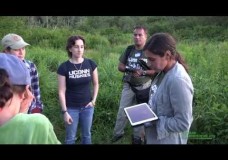
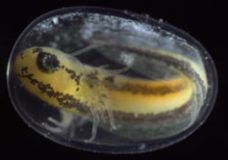
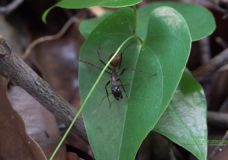
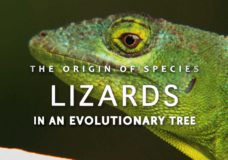

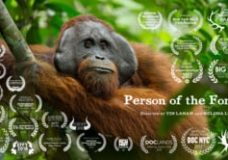


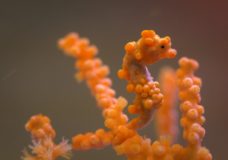
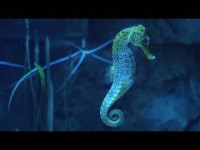
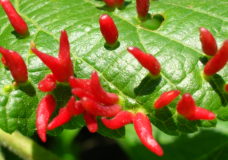
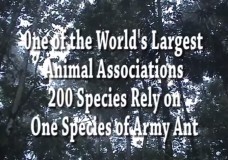
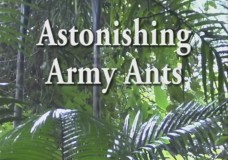
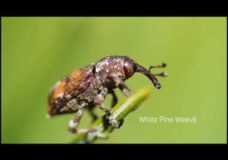

Recent Comments